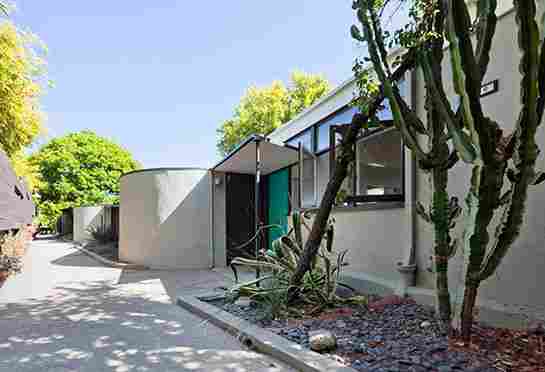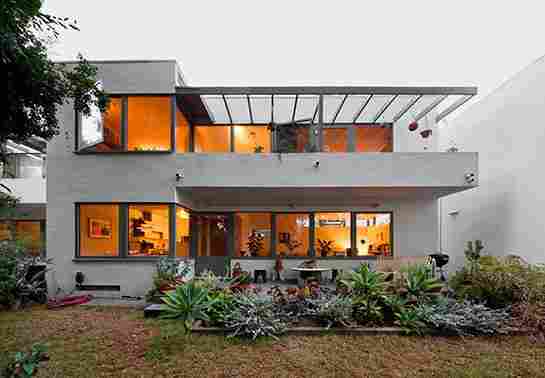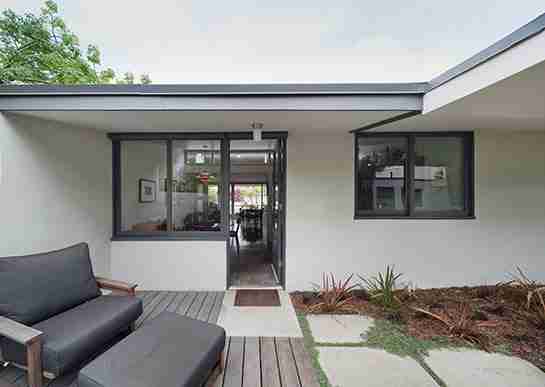How Midcentury Architect Gregory Ain Mixed Social Responsibility With Great Design
Many architects pay lip service to the idea that good design can and should ennoble the lives of average people not blessed with bountiful wealth. “Gregory Ain: Low-Cost Modern Housing and the Construction of a Social Landscape,” a new exhibition at Woodbury School of Architecture’s WUHO gallery in Los Angeles, celebrates an architect who did more than just talk about design for the so-called common man. Ain (1908–1988) was a pioneer in the development of socially responsible housing in the 1930s and ’40s, when he devised a series of projects predicated on the integration of architecture, landscape, and urban planning.

The Woodbury exhibition highlights five such projects through archival material, vintage black-and-white photography by Julius Shulman, and contemporary images by Korean artist Kyungsub Shin. Perhaps the most fascinating section of the show is devoted to the controversial Community Homes Cooperative (1946–48, unbuilt), which Ain designed in collaboration with Garrett Eckbo, Simon Eisner, and Reginald D. Johnson.

Presented along with architectural plans and drawings are reports from the House Un-American Activities Committee and FBI files that detail the government’s efforts to monitor Ain’s political activities and the work of the cooperative.

Today, Ain is commonly lumped together with Southern California’s Case Study crowd of midcentury modernists. This valuable exhibition reframes perceptions of his work in the context of his progressive personal beliefs and the politically charged environment in which he endeavored to express them.
Through April 26 at the Woodbury School of Architecture’s WUHO gallery, 6518 Hollywood Boulevard, Los Angeles; wuho.architectureoodburdu